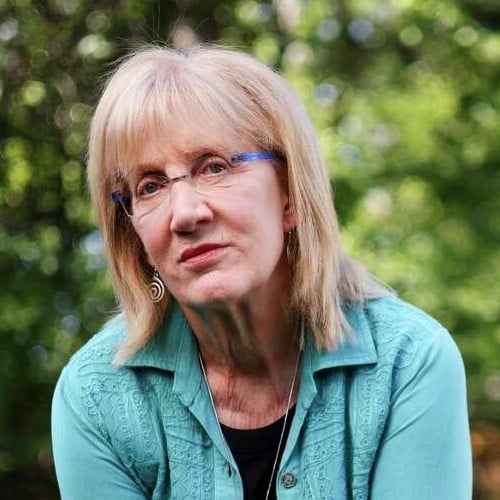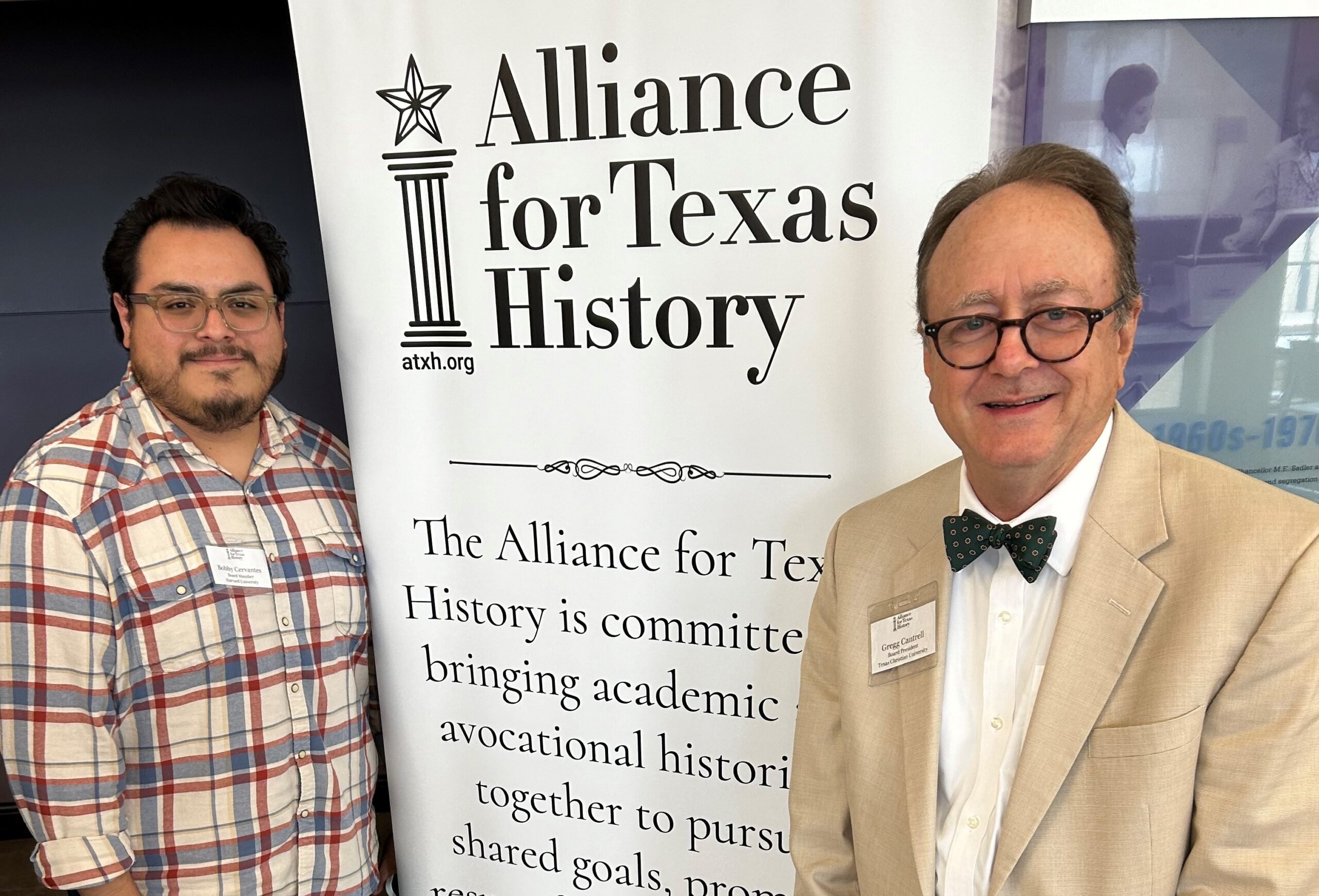ustxtxb_obs_1999_07_23_50_00030-00000_000.pdf
Page 22
Fred Cuny Cuny family BOOKS & THE CULTURE Last of the Texas Heroes BY KAREN OLSSON THE MAN WHO TRIED TO SAVE THE WORLD: The Dangerous Life and Mysterious Disappearance of Fred Cuny. By Scott Anderson. Doubleday. 358 pages. $24.95. 1 n March of 1995, after several weeks of traveling in Russia, a fifty-year-old man named Fred Cuny returned to his small home in the Dallas suburbs. There he set to work on an article an alyzing the war in Chechnya, then a few months old, for the April 6 issue of the New York Review of Books. Within the space of a few pages, Cuny would betray the idiosyncratic brilliance that marked his entire career as an independent disaster relief expert in particular his ability, in laying out his assessment, to range deftly over matters as disparate as roofing materials in small Chechen towns, the history of the republic, the foibles of the Russian army, and the war’s political fallout in Moscow. In his article, Cuny criticized the Russian attack on the Chechen capital, Grozny \(“Now the Russian army is bogged down in a fruitless combat for an objective that is that the fighting would soon spread to the villages south of the city; finally he called for the United States and other Western powers to press for peace. Yet even the strong words of his appeal were direct and matter-of-fact, and as such would not really convey the extent to which Cuny had been affected by the pointless destruction and disregard for life he’d seen in Chechnya. “Upon his return to the United States,” writes Cuny’s biographer Scott Anderson, “…he suddenly seemed a slightly different man, more subdued, even haunted.” Though he had plunged into the thick of different war zones in the past, the man who’d earned the moniker “Master of Disaster” had called Chechnya “the scariest place I have ever been” and while this might strike the average person as a good reason not to go back, Cuny left Dallas and returned to Chechnya at the end of March. At that point fighting had indeed escalated in the villages south of Grozny. By the time his article was published, Fred Cuny had disappeared somewhere among them. “He was a hero,” writes Anderson, who spent three years researching Cuny’s life and disappearance. “Fred Cuny was a man who had dedicated his life to saving others, and who had done so: tens of thousands of lives over the course of a twenty-five year career in disaster relief.” That Cuny, who never served in the military, would end up a war hero reflects not simply the unpredictable quality of heroism, but the very nature of modern war and its victims: “Traditional inhabitants of a battlefield soldiers, or journalists like myself today represent only a tiny minority, their numbers overwhelmed by the truly innocent,” Anderson writes. While civilian casualties were basically insignificant in the American Civil War, and constituted about 40 percent of all war casualties from 1900 to 1950, “by the 1960s, that percentage had risen to 63, and by the 1980s, to 74.” Cuny made it his purpose to rescue this innocent majority Iraqi Kurds, Somalians, Bosnians and achieved some extraordinary successes. His persona was emphatically Texan; just as he managed to be a kind of war hero in an era that doesn’t quite believe such persons still exist, Cuny, a broadcaster’s son who grew up in Dallas, made himself into an unusual sort of frontiersman. He wore boots and told tall tales and often reminded people he was from Texas; in character he was not unlike the independent Texan whom Lone Star mytho-historian T.R. Fehrenbach declared all but defunct in an old Texas Monthly essay: “that uninhibited or unencumbered spirit who jeers at the hypocrisies and pretensions of over-organized society … who speaks his mind in pungent, sometimes barnyard-flavored phrases, who ignores, outwits, or overcomes the absurdities and humiliations foisted on most of us by this modern mess of pottage, twentieth century civilization.” But Cuny’s cowboy quality went beyond accept-no-bullshit individualism, in that he spent years ranging over the late-millennium frontier, fashioning a life that harks back to the legendary West. What is the plot, after all, of Lonesome Dove, or any number of Westerns, but a series of violent storms, Indian attacks, flash floods, and other disasters? If Larry McMurtry were to collaborate on a novel with Christine 30 THE TEXAS OBSERVER JULY 23, 1999


